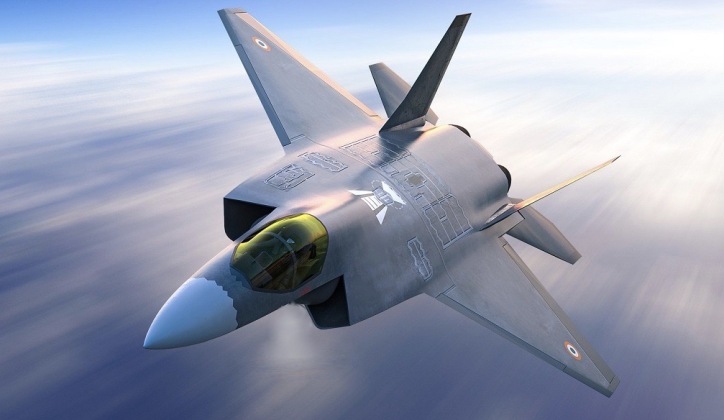SOURCE: AFI


The JAS 39 Gripen is currently the most advanced fighter jet in the inventory of the Brazilian Air Force (FAB). As a 4.5-generation multirole fighter, the Gripen has enhanced Brazil’s air combat capabilities significantly. However, with global air forces moving towards fifth-generation platforms, Brazil may soon find itself in need of a more advanced fighter to maintain parity with potential adversaries.
Given the ongoing closeness between Brazil and India in defense collaborations, there is an opportunity for India to offer Brazil a role in its Advanced Medium Combat Aircraft (AMCA) 5th generation fighter jet program. Such collaboration could benefit both countries strategically and economically.
Brazil’s fighter jet inventory includes the Northrop F-5E Tiger II, a third-generation fighter that has been in service for over five decades. The FAB has been using these aircraft primarily for air defense and limited ground-attack roles. However, with technological advancements and the age of the airframes, the F-5E fleet is becoming increasingly obsolete. As per local Brazilian media reports, the retirement of the F-5E Tiger II is planned for 2029 when the aircraft will turn 57 years old, marking it as one of the oldest operational fighter jets in the world.
In addition to the F-5E, the Italian-Brazilian AMX light attack aircraft is also being phased out. This phased retirement has begun, further reducing Brazil’s operational air fleet. The retirement of these platforms emphasizes the need for Brazil to acquire more advanced aircraft to replace its aging fleet and maintain a capable and credible air force.
India’s AMCA program aims to develop a fifth-generation stealth fighter to replace its aging fleet of MiG-21s and eventually the Sukhoi Su-30MKI. The AMCA is designed to incorporate advanced stealth capabilities, supercruise, data fusion, and advanced avionics, putting it in the same class as other fifth-generation fighters like the F-35 and China’s J-20. The program represents a significant technological leap for India’s defense industry and offers potential for international collaboration.
Strategic and Economic Benefits for India:
Enhancing Strategic Partnerships: Strengthening ties with Brazil, a significant player in South America, could provide India with strategic leverage in a region where Chinese influence has been expanding. Joint projects could also serve as a counterbalance to China’s increasing presence in global arms markets.
Sharing Development Costs: Developing a fifth-generation fighter is an expensive endeavor. Involving Brazil in the AMCA program could help share the financial burden, reducing the overall cost to India.
Expanding International Market Reach: A joint program with Brazil could open up new markets for the AMCA. If the fighter proves successful, it could be marketed to other countries in Latin America and beyond, where Brazil has considerable influence.
Involving Brazil in India’s AMCA 5th generation fighter jet program presents a promising opportunity for both countries to advance their defense capabilities while fostering deeper strategic ties. For Brazil, participation would offer a path to modernizing its air force with a next-generation platform. For India, it would mean sharing development costs and expanding its strategic reach in Latin America.